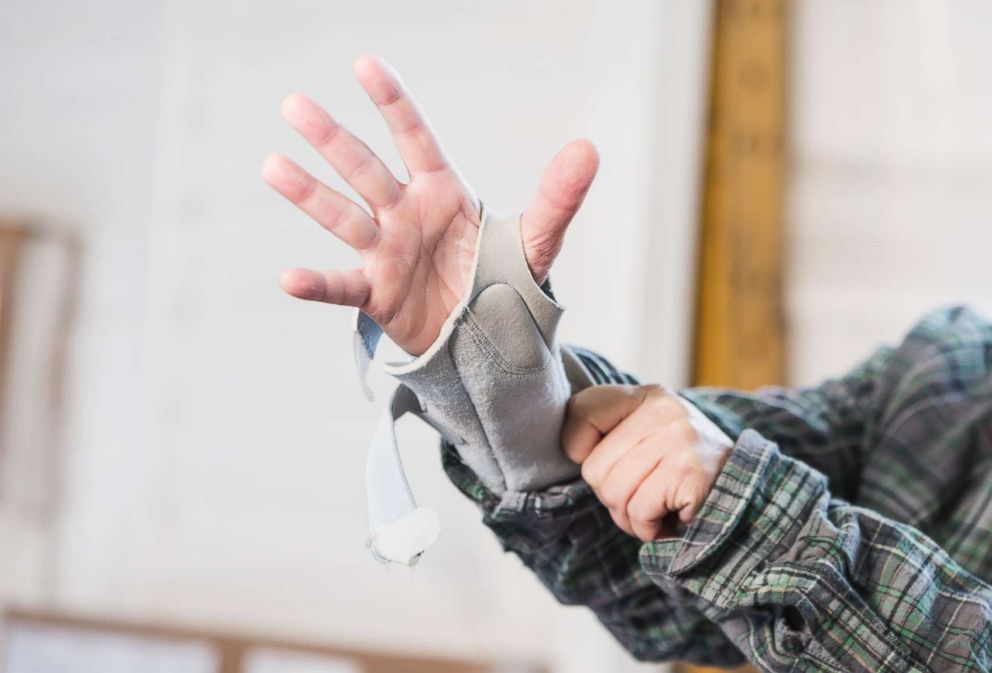You may have heard that typing on a computer all day can cause carpal tunnel syndrome, but a new report from the Centers for Disease Control and Prevention released on Thursday shows there are far more jobs that put workers at risk for the condition.
Carpal tunnel syndrome (CTS) is a common medical condition characterized by numbness, tingling and even weakness in the hands and wrists. You might’ve even seen people wearing a brace or rubbing their wrists because of it.
But although CTS is commonly recognized, few people are familiar with the fact that the carpal tunnel is an actual space in the wrist — an anatomic location bound by bones and connective tissue that carries the median nerve and several tendons to the hands’ muscles.
Symptoms of CTS develop when the median nerve is compressed inside this space. This usually happens when the carpal tunnel is narrowed, whether that’s from pregnancy, obesity, growths on the structures of the wrist, etc. But symptoms can also develop from repetitive exercises that cause a functional strain on the space.
As CTS causes pain and grief to those affected by it and its costs to the health care system reach about $2 billion each year, it’s important to identify possible ways to prevent the disorder. To do this, the CDC first looked at worker’s compensation claims in California from 2007 to 2014, and identified the types of occupations that most often caused the debilitating syndrome.
The results were not that surprising: People who engaged in jobs that involved repetitive activities with their hands were most likely to develop CTS. Fields like apparel manufacturing (sewing and cutting), food processing (butchering meat and preparing meals) and administrative work had the highest rates of CTS.

Diving deeper, the CDC identified specific positions with the highest incidence of CTS, and they included telephone operators, coffee shop counter attendants and electromechanical assemblers.
In their survey, the CDC found that women were more likely than men to get CTS, a trend that is also seen nationally, possibly because the carpal tunnel space may be smaller in women.
With that said, the data from California relies on the assumption that CTS was accurately categorized in compensation claims. So it’s possible that the true incidence was a little more or less. Still, the results are most likely what we’d expect to see nationwide.
Although the findings are not revolutionary, they are helpful, as employers from these industries can now work toward preventing the condition among its workers. For example, they might implement the use of more ergonomic workspaces and tools or begin allowing more adequate break times. In all, these kinds of initiatives could help to decrease the incidence of these troubling symptoms.
Amisha Ahuja is an internal medicine resident at Thomas Jefferson University Hospital and a contributor to the ABC News Medical Unit.
Source: Read Full Article
